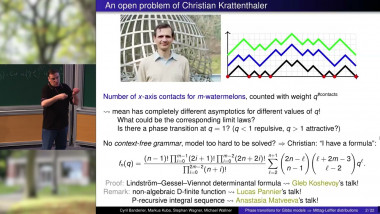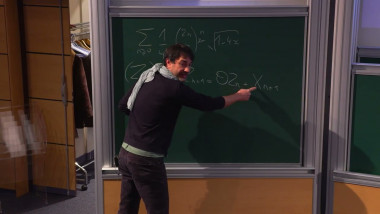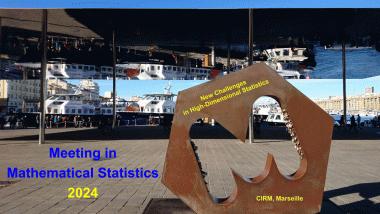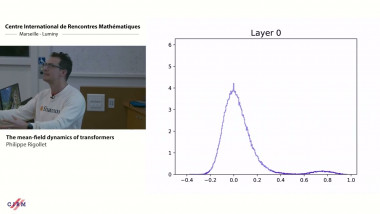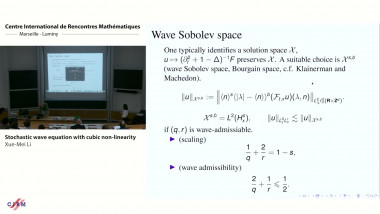Appears in collection : Thematic Month Week 3: Mathematical Modeling and Statistical Analysis of Infectious Disease Outbreaks / Mois thématique Semaine 3 : Modélisation mathématique et analyses statistique des épidémies de maladies infectieuses
In an epidemic model, the basic reproduction number $ R_{0}$ is a function of the parameters (such as infection rate) measuring disease infectivity. In a large population, if $ R_{0}> 1$, then the disease can spread and infect much of the population (supercritical epidemic); if $ R_{0}< 1$, then the disease will die out quickly (subcritical epidemic), with only few individuals infected.
For many epidemics, the dynamics are such that $ R_{0}$ can cross the threshold from supercritical to subcritical (for instance, due to control measures such as vaccination) or from subcritical to supercritical (for instance, due to a virus mutation making it easier for it to infect hosts). Therefore, near-criticality can be thought of as a paradigm for disease emergence and eradication, and understanding near-critical phenomena is a key epidemiological challenge.
In this talk, we explore near-criticality in the context of some simple models of SIS (susceptible-infective-susceptible) epidemics in large homogeneous populations.
